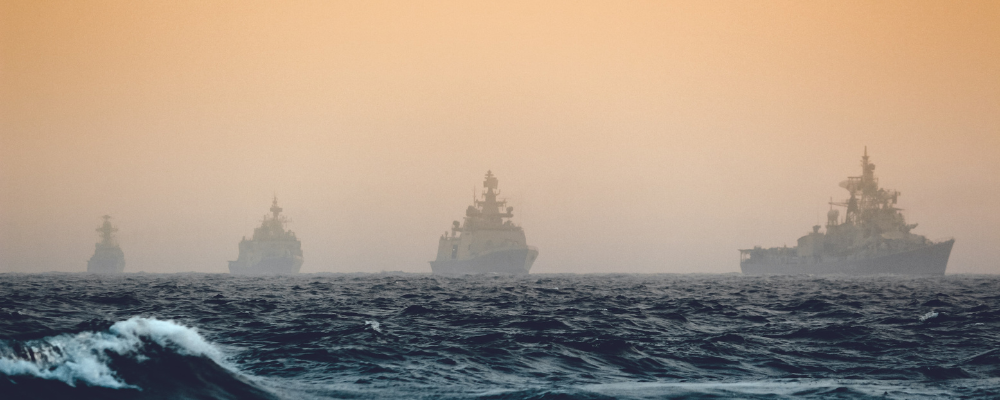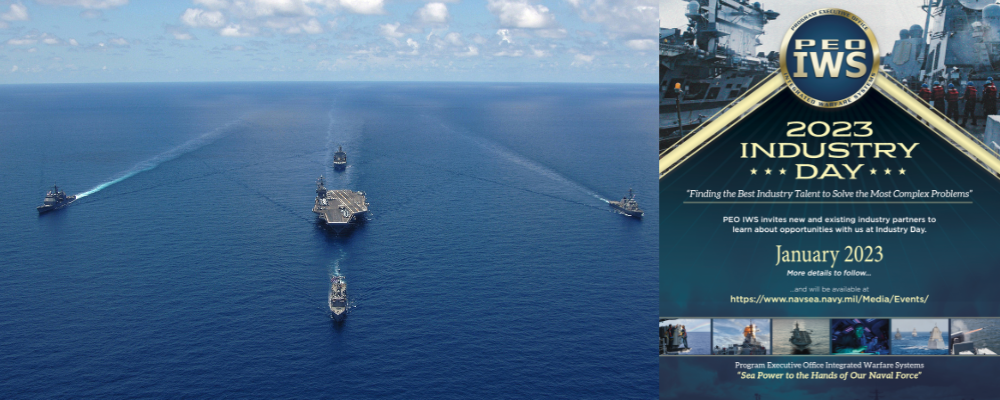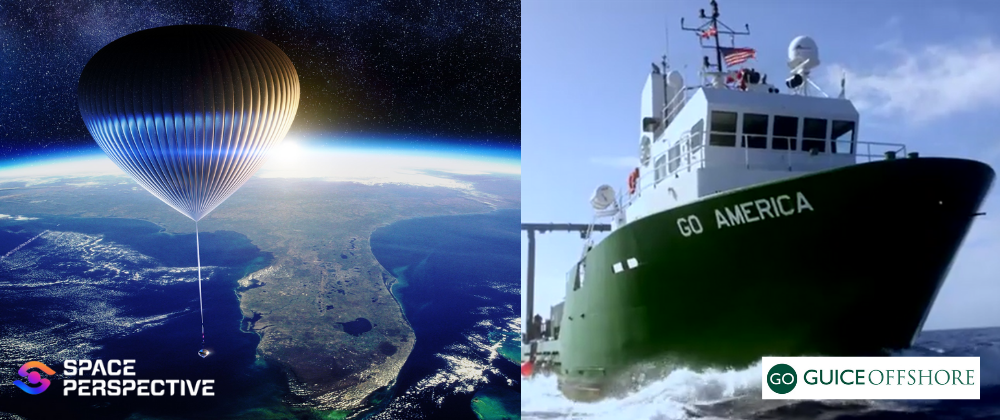The U.S. Navy’s Large Unmanned Surface Vessel (LUSV) program reached pivotal milestones earlier this year after several industry teams successfully completed extended reliability demonstrations of four different engine configurations, NAVSEA officials announced on March 22, 2024.
The four 720-hour tests demonstrated the capability and durability of different engine plants to operate for extended periods without human intervention – a critical enabler for advancing unmanned maritime operations and the Navy’s manned-unmanned Hybrid Fleet concept.
Mandated by a congressional requirement in the 2021 National Defense Authorization Act, the engine testing milestones must be completed before the LUSV can proceed into a formal development phase. An engine system only qualifies for use in the program after successful demonstration events.
Demonstrations of each engine configuration took place over 720 continuous hours. No human intervention or preventative/corrective maintenance on the equipment was permitted during this time. Successfully completing the demonstration meant that an engine system could not exhibit any failures or issues that would require maintenance of any kind during operations on an unmanned ship for 30 days.
Four teams have successfully completed their separate 720-hour testing milestones. The successful teams include:
· Bollinger and Carter Machinery on behalf of Caterpillar in Chesapeake, Virginia was the first team to achieve this milestone in December of 2023. They demonstrated sufficient mechanical reliability of the 1550 kw Caterpillar 3512C model engine.
· Fincantieri Marinette Marine (FMM) and Carter Machinery on behalf of Caterpillar in Chesapeake, VA demonstrated mechanical durability of the Caterpillar 2300 kW rated 3516 main propulsion diesel, lube oil and fuel system.
· Gibbs & Cox and Southwest Research Institute in San Antonio, Texas on behalf of Cummins also validated the reliability of the QSK95 diesel engine paired with an ABB AMG 0560M04 LAE generator.
· Huntington Ingalls Incorporated (HII), in partnership with the U.S. Coast Guard, conducted a successful 720-hour demonstration on behalf of MTU of the MTU 20V 4000 M93L, a Main Propulsion Diesel Engine configuration.
Each of these respective engine configurations are all now eligible for use on the LUSV program.
“These successful test events mark a significant milestone for our team and brings us one step closer to delivering the Large Unmanned Surface Vessel to the Navy,” said Capt. Scot Searles, program manager of the Unmanned Maritime Systems (PMS 406) program office. “The completion of these rigorous engine tests is a testament to the hard work and collective expertise of both our Navy team and our industry partners. We are pleased with the results and look forward to continuing our work with industry to forge the future Hybrid Fleet.”
LUSVs will supplement the Fleet’s missile magazine capacity as part of the Navy’s Distributed Maritime Operations (DMO) concept. Currently, the LUSV is envisioned as a vessel greater than 200 ft. in length with a full load displacement of approximately 1,500 tons. LUSVs are intended to be low cost, high endurance, modular USVs that can employ a variety of payloads.
The Navy in 2020 awarded six LUSV conceptual design contracts to industry teams to refine program requirements and to provide informed feedback on the Navy’s LUSV requirements. As part of these contracts, each of these teams have been pursuing propulsion plant efforts, culminating in these engine test demonstrations.
PEO Unmanned and Small Combatants leads the Navy’s efforts to develop, deliver and sustain capable and affordable unmanned maritime systems to meet Fleet requirements. The mission of PEO USC is to design, develop, build, maintain and modernize the Navy’s unmanned maritime systems; mine warfare systems; special warfare systems; expeditionary warfare systems; and Small Surface Combatants.
- Read more about the Navy’s Unmanned Surface Vessels from RAND research HERE.
About NAVSEA
Naval Sea Systems Command (NAVSEA) is the largest of the Navy’s six systems commands. With a fiscal year budget of approximately $36 billion, NAVSEA accounts for nearly one quarter of the Navy’s entire budget.
The Naval Sea Systems Command comprises command staff, headquarters directorates, affiliated Program Executive Offices (PEOs) and numerous field activities. Together, they engineer, build, buy and maintain ships, submarines and combat systems that meet the Navy fleet’s current and future operational requirements.
With a force of 86,886 (as of 1 Oct 2023) civilian and military personnel, NAVSEA engineers, builds, buys and maintains the Navy’s ships and submarines and their combat systems.
How Guice Offshore Serves America’s Armed Forces and Government Missions
Guice Offshore (GO) is very honored to support our men and women in uniform and the many other branches of federal government. GO vessels are regularly employed in a variety of military support roles including research and development (R&D), offshore training and drills, logistics and other special projects.
Based in Port Everglades, Florida, Guice Offshore’s multi-purpose vessel GO America, operates in conjunction with our partners Global SubDive (GSD) to support a large array of government and military projects that often utilize GSD submarines and ROVs (remote operated vehicles). Similarly, Guice Offshore partner Ryan Marine is an expert in the field of unmanned vehicle operation, which allows us to provide turnkey AUV and UUV (autonomous and underwater unmanned vehicle) services to government agencies anywhere in the United States and Caribbean.



